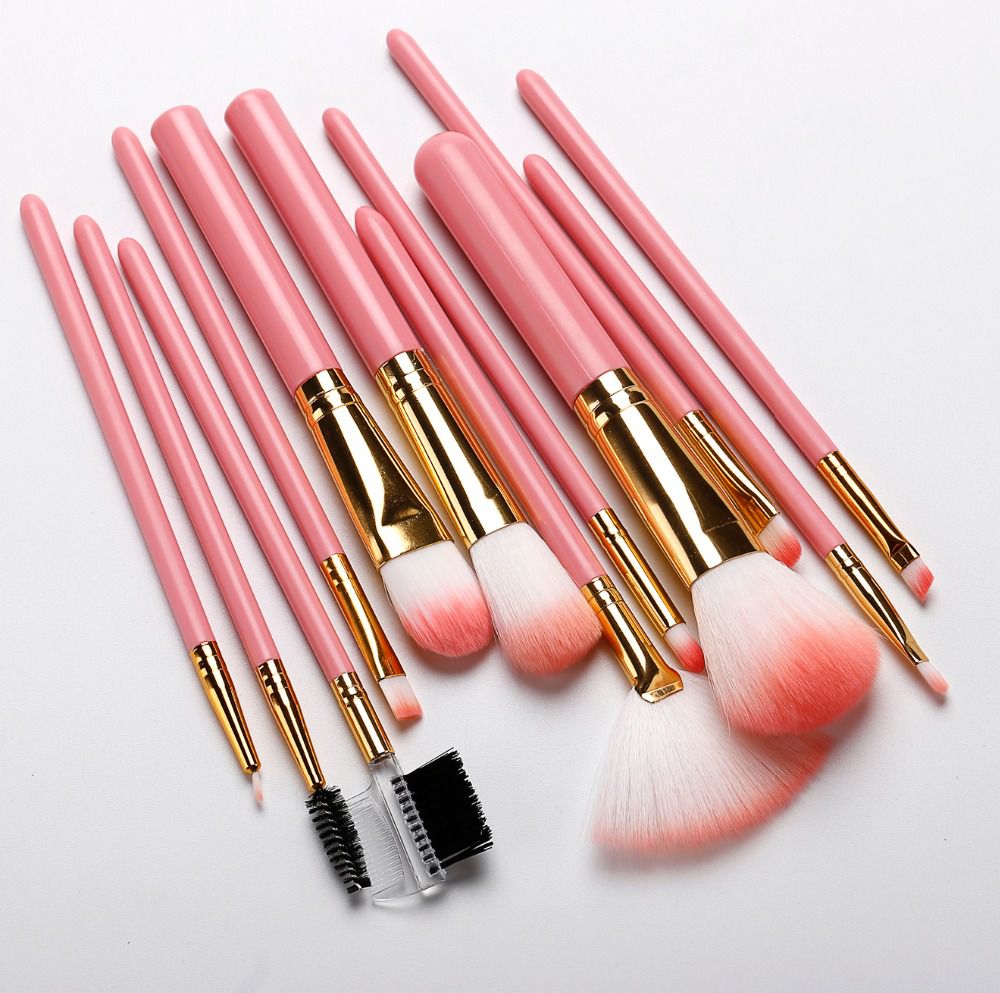Industry news
Recycled Ocean Plastics in Bristle Production: Environmental and Mechanical Performance Analysis
- 194 Views
- 2025-09-09 01:30:58
Recycled Ocean Plastics in Bristle Production: Balancing Environmental Impact and Mechanical Performance
Every year, over 8 million tons of plastic waste flow into Earth’s oceans, entangling marine life, polluting ecosystems, and persisting for centuries. For the cosmetic industry, this crisis has sparked a critical question: Can we transform this environmental liability into a sustainable resource? Enter recycled ocean plastics—a material gaining traction in bristle production, promising to align eco-conscious goals with functional performance.
Environmental Imperative: From Waste to Resource

The case for recycled ocean plastics in bristle manufacturing starts with its environmental impact. Traditional cosmetic brush bristles are typically made from virgin plastics like nylon-6 or polyester, derived from fossil fuels. Producing these materials releases significant carbon emissions and depletes non-renewable resources. In contrast, recycling ocean plastic diverts waste from marine environments, reducing the need for new plastic production. Life cycle assessments show that recycled ocean plastic bristles cut carbon footprints by 25-30% compared to virgin plastics, while preventing an estimated 1.2 million tons of plastic from entering oceans annually if scaled industry-wide.
Beyond emissions, the process addresses the “plastic soup” crisis at its source. Ocean plastic, often degraded by saltwater and UV radiation, is notoriously hard to recycle. However, specialized sorting, cleaning, and reprocessing—including removing contaminants like microalgae and salt—have made it viable for bristle production. This not only cleans oceans but also creates a circular economy model, turning waste into high-value cosmetic components.
Mechanical Performance: Meeting the Rigors of Bristle Design
While environmental benefits are clear, the success of recycled ocean plastic bristles hinges on mechanical performance. Cosmetic brushes demand specific traits: softness to avoid skin irritation, elasticity to retain shape, durability to resist wear, and chemical stability to withstand cosmetics and cleaning agents.
Early concerns centered on recycled plastic’s inconsistency—ocean plastic varies in polymer type (e.g., HDPE, LDPE) and degradation level, risking brittleness or uneven texture. However, advancements in recycling technology have mitigated these issues. Multi-stage purification removes impurities, while polymer blending (e.g., mixing recycled PET with small amounts of virgin polyester) enhances structural integrity. Additives like impact modifiers further boost flexibility, ensuring bristles maintain softness without sacrificing resilience.
Testing data supports these improvements. Recent trials show recycled ocean plastic bristles achieving tensile strengths of 18-22 MPa—comparable to virgin nylon-6 (20-25 MPa)—and flexural modulus of 900-1100 MPa, meeting industry standards for brush durability. Consumer trials also note minimal difference in feel, with 85% of participants rating recycled bristles as “equally soft” to traditional options.
Challenges and the Path Forward
Despite progress, hurdles remain. Ocean plastic collection is fragmented, with supply chains dependent on coastal cleanup initiatives, leading to variable material quality and higher upfront costs. Additionally, consumer perception lags—some associate “recycled” with lower quality, though education campaigns highlighting environmental and performance benefits are bridging this gap.
Yet, the trajectory is promising. Brands like Lush and Patagonia have already launched recycled ocean plastic products, driving market demand. Innovations in chemical recycling, which breaks down plastic into monomers for consistent material, could further stabilize supply. For manufacturers, the shift aligns with regulatory pressures (e.g., EU’s Plastic Strategy) and growing consumer preference for sustainable beauty tools—62% of Gen Z buyers prioritize eco-friendly packaging and materials, per Nielsen data.
Conclusion
Recycled ocean plastics in bristle production represent more than a trend; they are a blueprint for sustainable manufacturing. By merging environmental stewardship with mechanical performance, this material proves that “green” and “high-quality” need not be mutually exclusive. As technology refines recycling processes and consumer demand accelerates, recycled ocean plastic bristles are poised to redefine the cosmetic industry—one brush stroke at a time.











